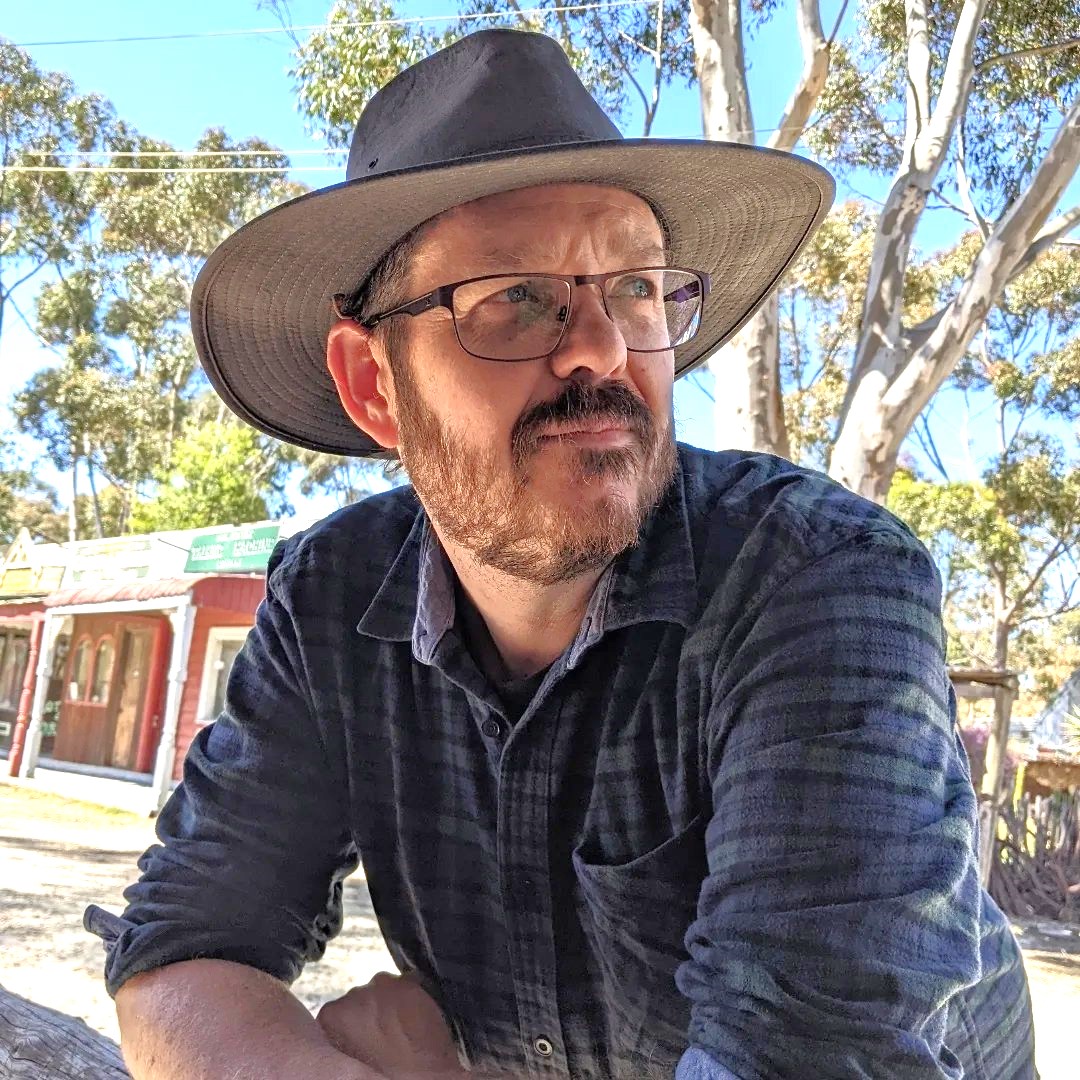-
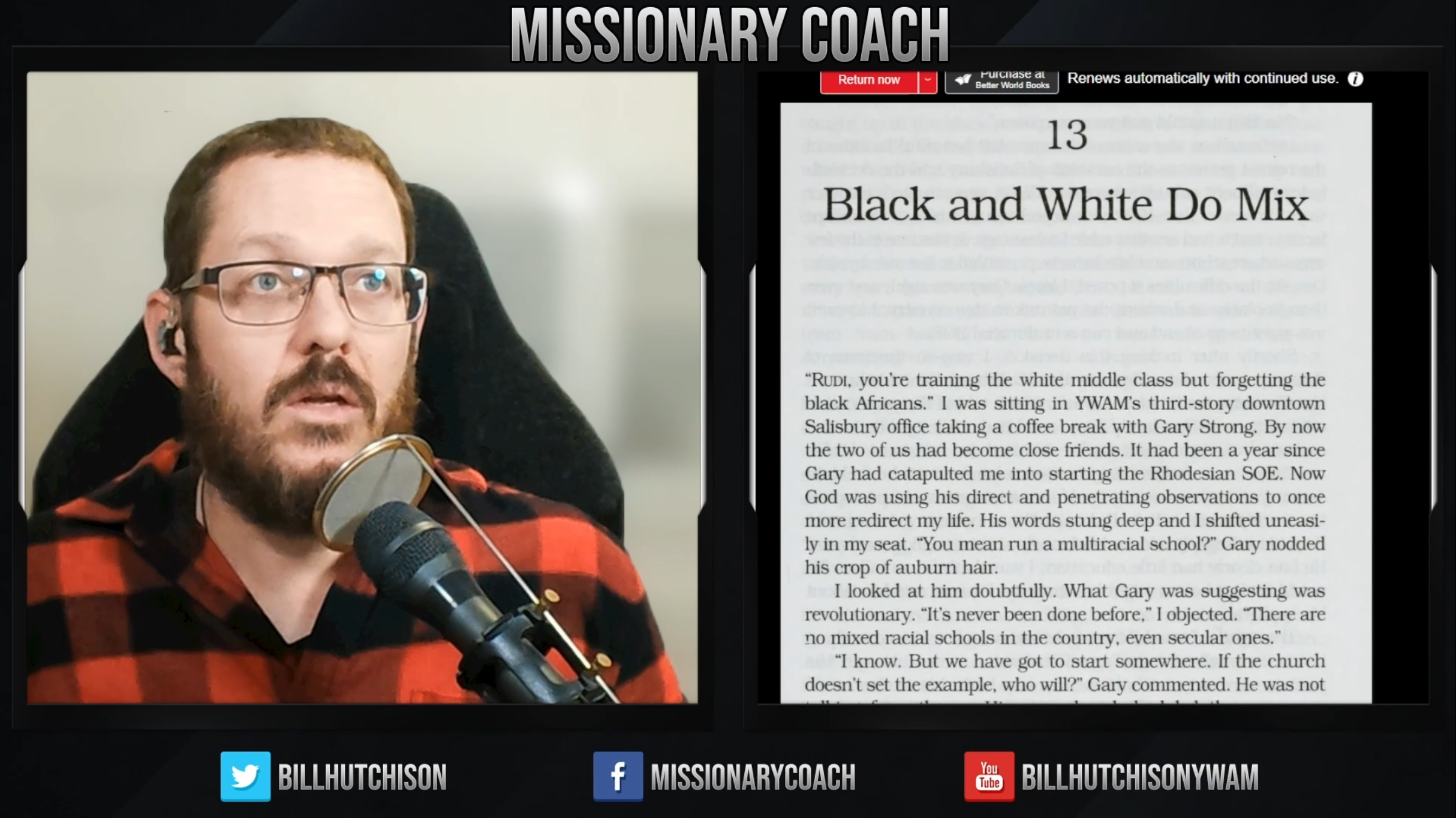
Black and White Do Mix – Breakthrough – Rudi Lack – Missionary Stories
Today we will be continuing our Missionary Stories series on the Missionary Coach Podcast. I have been a missionary with…
-
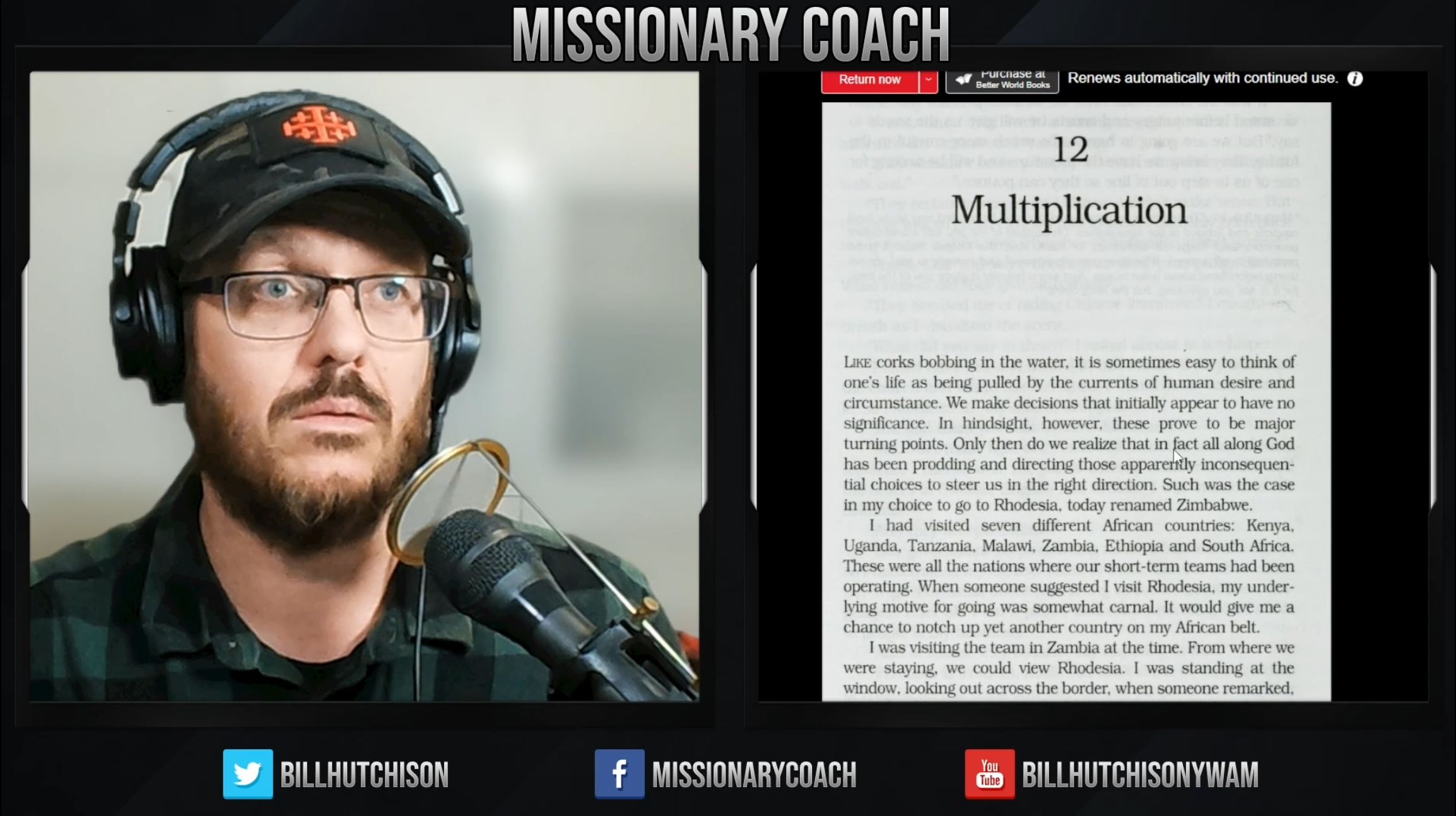
Multiplication – Breakthrough – Rudi Lack – Missionary Stories
Today we will be continuing our Missionary Stories series on the Missionary Coach Podcast. I have been a missionary with…
-
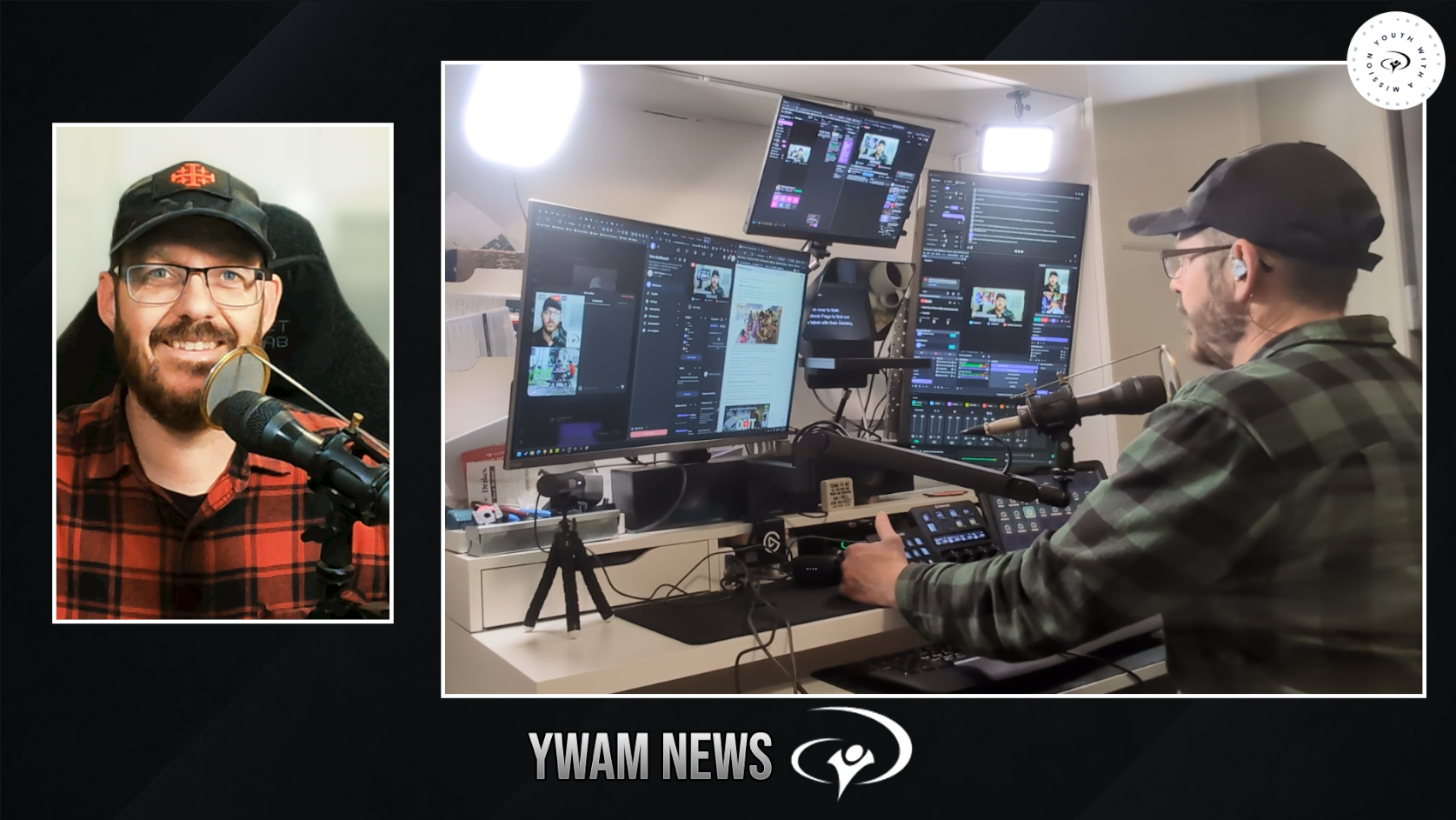
YWAM News Show Growth
An update on the YWAM News Show Podcast, where we are heading with it, and what we need to do…
-
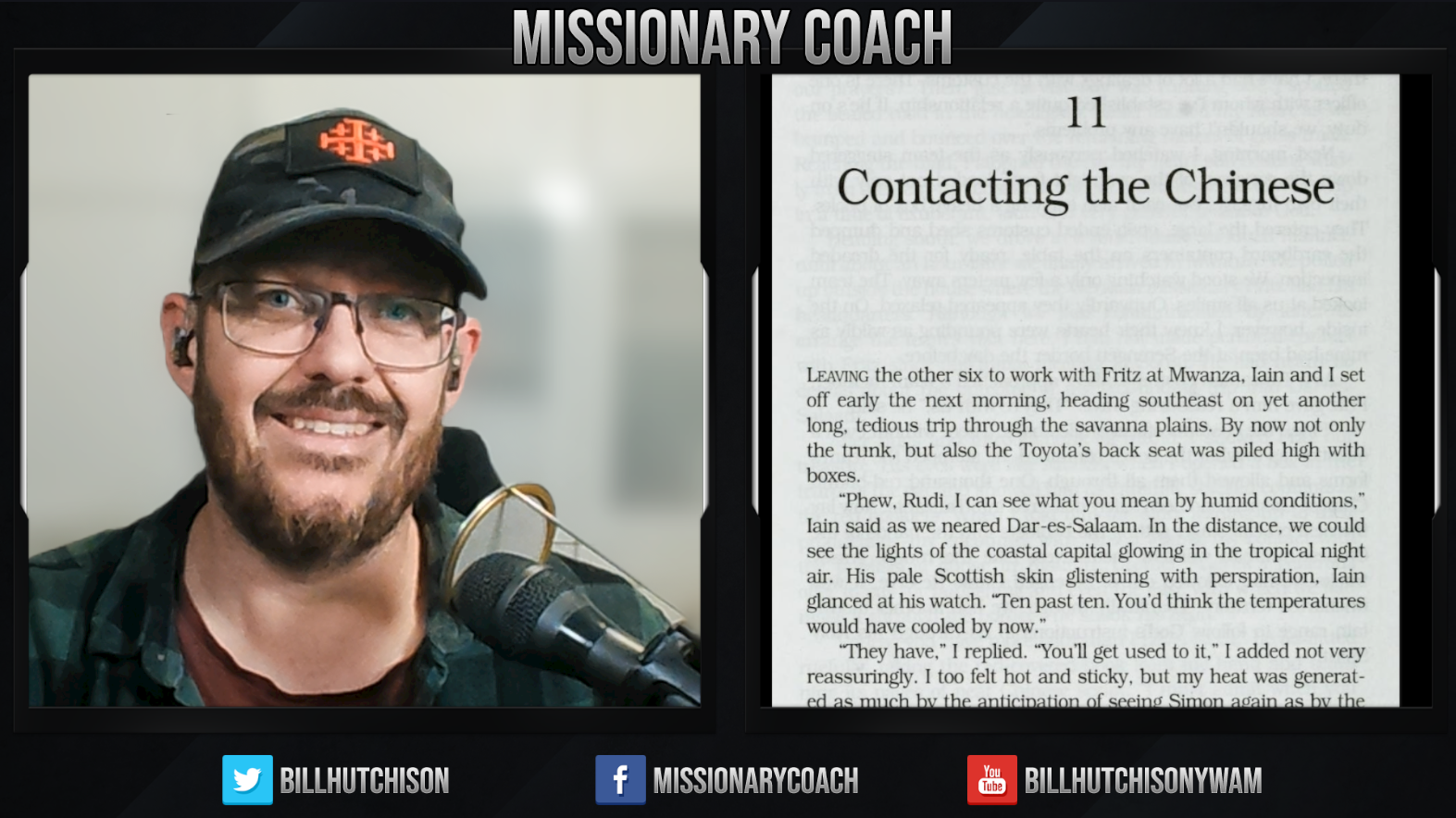
Contacting the Chinese – Breakthrough – Rudi Lack – Missionary Stories
Today we will be continuing our Missionary Stories series on the Missionary Coach Podcast. I have been a missionary with…
-

Faith Rewarded – Breakthrough – Rudi Lack – Missionary Stories
Today we will be continuing our Missionary Stories series on the Missionary Coach Podcast. I have been a missionary with…
-
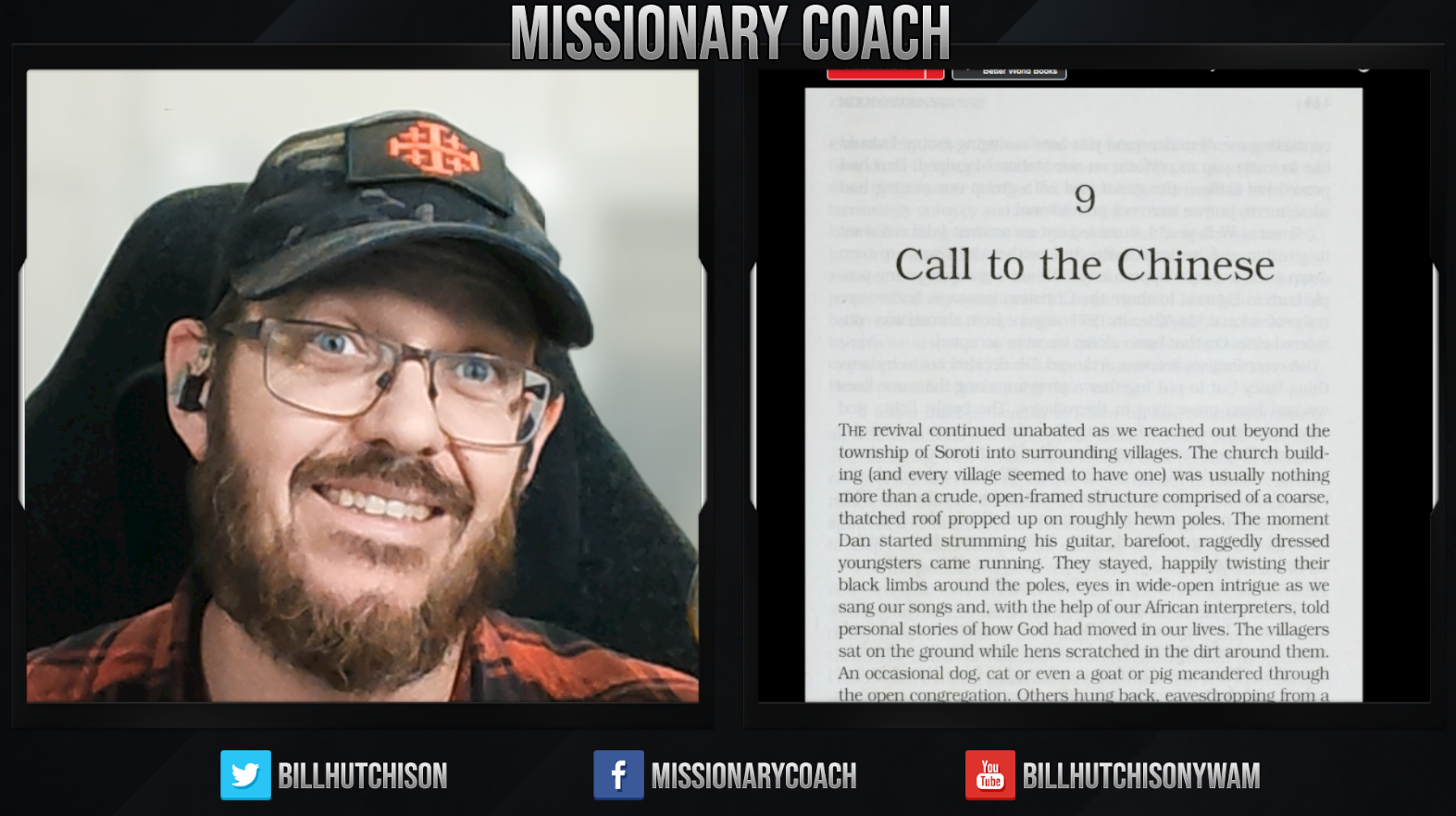
Call to the Chinese – Breakthrough – Rudi Lack – Missionary Stories
Today we will be continuing our Missionary Stories series on the Missionary Coach Podcast. I have been a missionary with…
-
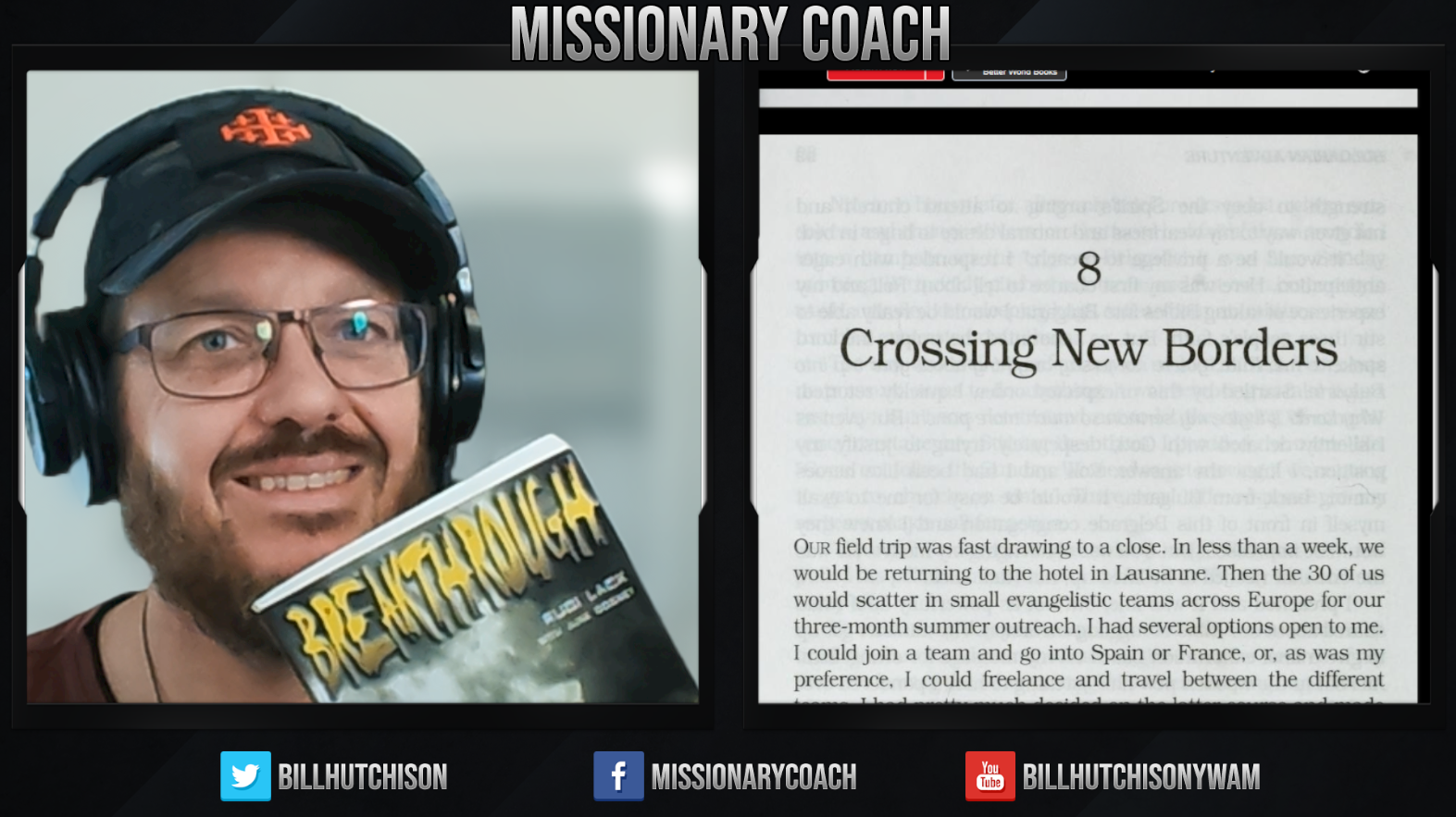
Crossing New Borders – Breakthrough – Rudi Lack – Missionary Stories
Today we will be continuing our Missionary Stories series on the Missionary Coach Podcast. I have been a missionary with…
-
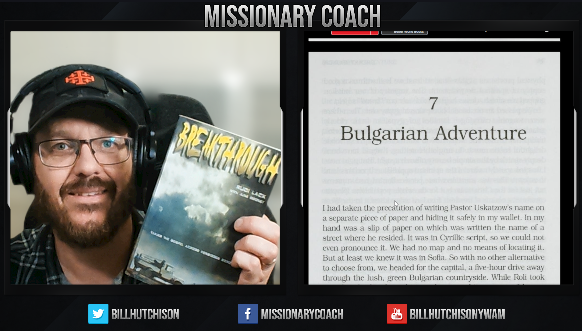
Bulgarian Adventure – Breakthrough – Rudi Lack – Missionary Stories
Today we will be continuing our Missionary Stories series on the Missionary Coach Podcast. I have been a missionary with…
-
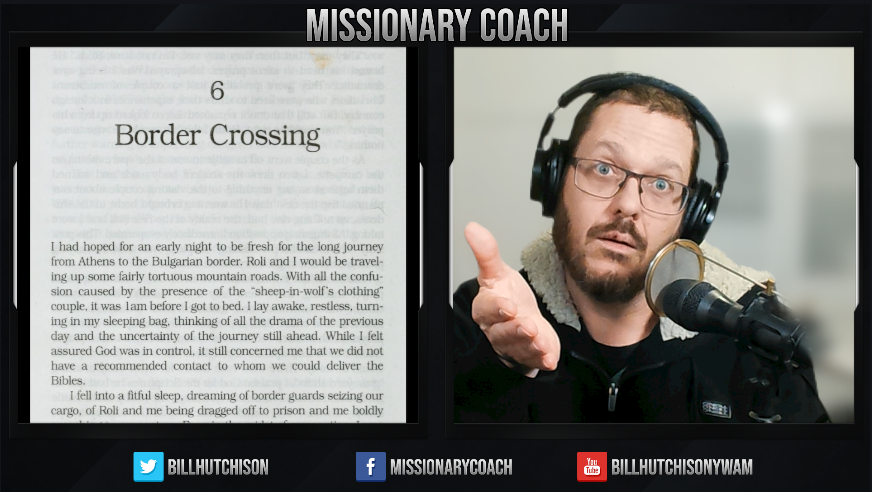
Border Crossing – Breakthrough – Rudi Lack – Missionary Stories
Today we will be continuing our Missionary Stories series on the Missionary Coach Podcast. I have been a missionary with…
-

A Dream – Breakthrough – Rudi Lack – Missionary Stories
Today on episode 13 of the Missionary Coach Show we will be continuing our Missionary Stories series with reading chapter…
Search
Categories
- Christianity (17)
- Country Music (1)
- Information Technology (2)
- Missionary Stories (14)
- Missions (46)
- News (13)
- Other (26)
- Personal (13)
- Prayer Request (1)
- The Missionary Coach Show (43)
- Uncategorized (1)
- Web Development (4)
- YWAM (59)
